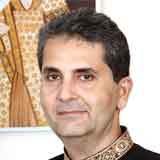How did Wajid Ali Shah bring his favourite sport Kite Flying to Kolkata?
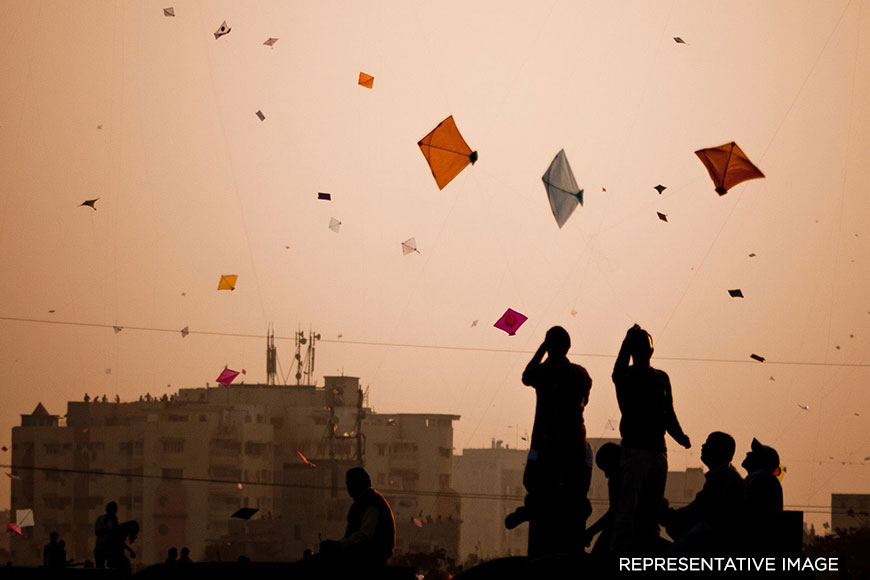
Shahanshah Mirza is great-great grandson of Nawab Wajid Ali Shah and a heritage enthusiast in his own rights
Even if the COVID-19 pandemic is raising its ugly head, the kites will still fly high. For the sky has no limits and freedom of the kites when one stays indoors mostly, is one that all of us can enjoy again this Viswakarma Puja. But have you ever wondered who brought this sport of kite flying to Bengal? Well, none other than Lucknow’s famous Nawab Wajid Ali Shah, who ruled a land far away from Kolkata, and was deported by the British and confined to this city that he fell in love with. His passion still reverberates in the lanes and by-lanes of Kolkata.
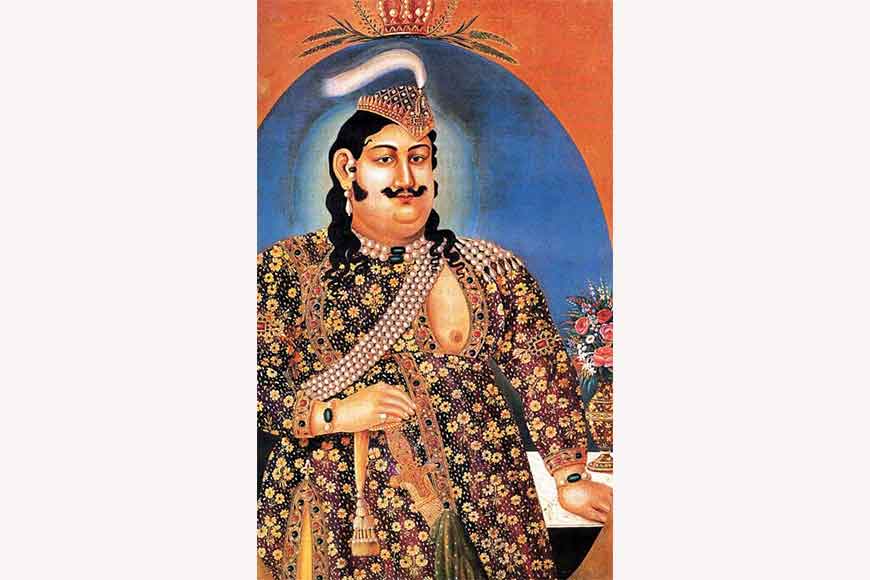 Wajid Ali Shah
Wajid Ali Shah
Awadh was a princely state as prosperous as London or Paris. But Wajid Ali’s stars didn’t favour him, as he ascended the throne when the British East India Company was determined to grab the coveted kingdom of prosperous Awadh. Wajid Ali landed in Kolkata under strange circumstances.
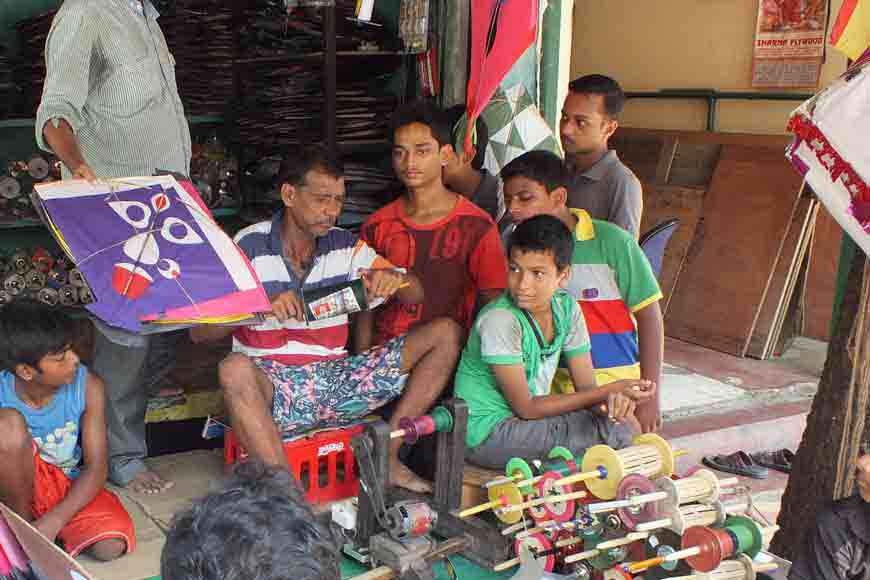
Wajid Ali Shah had heard a lot about British sense of justice and fair play, so he had decided to place his case before the then Governor General, Lord Dalhousie, who was stationed at erstwhile Calcutta. The Nawab reached the city on 13 May 1856 and was given a 21-gun salute. Unfortunately, the British greed did not help him. He was wrongfully confined. As he did not get any justice from the Governor General, he even decided to go to London and place his case before the British Queen and the Parliament. However, due to his illness, he had to stay back in Kolkata and his mother, brother and son went to England.
While negotiations were on in London between his representatives and the Queen, mutiny broke out in India. All hopes of getting back Awadh were dashed and the British decided to confine him at Fort William. They feared the rebel forces might rally around him and strike back. In Fort William, he was held for twenty-six months. After he was released, his new home was Metiaburz. Though Wajid Ali Shah left Lucknow, the city never left him. He proceeded to build a mini Lucknow in Metiaburz and revived the same old thriving culture of Lucknow along with the pastimes like wrestling, kite flying, poetic symposium and cock fighting.
Also read : Visiting the Oldest Kite Flying clubs of Kolkata
The sport of Kite Flying very soon caught the imagination of rajas, maharajas and zamindars of 19th-century Bengal and eventually became their favourite sport. Seeing the tremendous response of the local population, the expert kite maker of Lucknow Illahi Baksh came to Kolkata and started his business in Metiaburz.
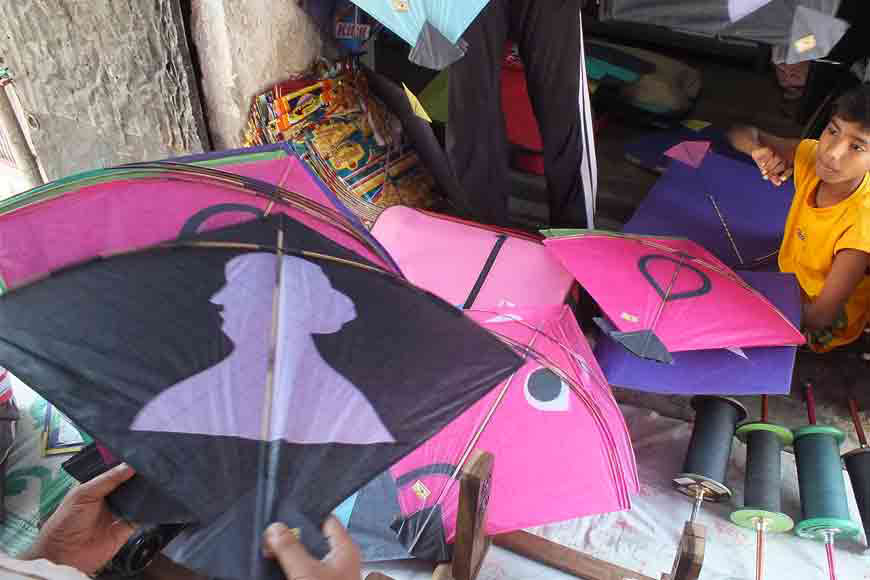
In those days, great care was taken in producing kites. It was made with one and a half bow and a back-stick. It had a small paper tassel, usually of another colour at the bottom. Interest in kite flying spread like wildfire and some flyers mastered the art of cutting down the strings of other kites. The dragging-pulling style of kite-flying was considered to be the best style. Many kite competitions took place and it turned to a big money sport. Numerous enthusiasts squandered away large sums of money but achieved prominence and were revered in kite-flying circles of Kolkata. Different types of kites were produced and the best was known as patang. The back-stick of this kite was made of bamboo brought from Murshidabad and was the most expensive. Wajid Ali Shah used to fly kites and he would tie a sum of money with his kite. Anyone who would be able to retrieve after it got cut and bring it back, would be paid twice that amount.
The Nawab’s legacy vis-à-vis the sport he pioneered is still alive in Kolkata. In Metiaburz, it is an important cottage industry, employing about 3,000 men and women directly or indirectly. The kites produced here are sold all over the country. It may not be the best trade in returns because the backbreaking work fetches only a meagre amount but nevertheless, it has helped keep a very poor neighbourhood, gainfully employed.






